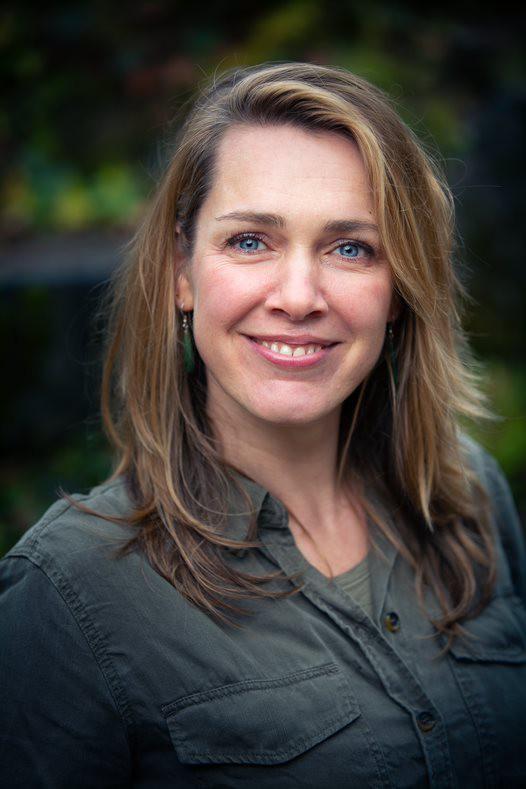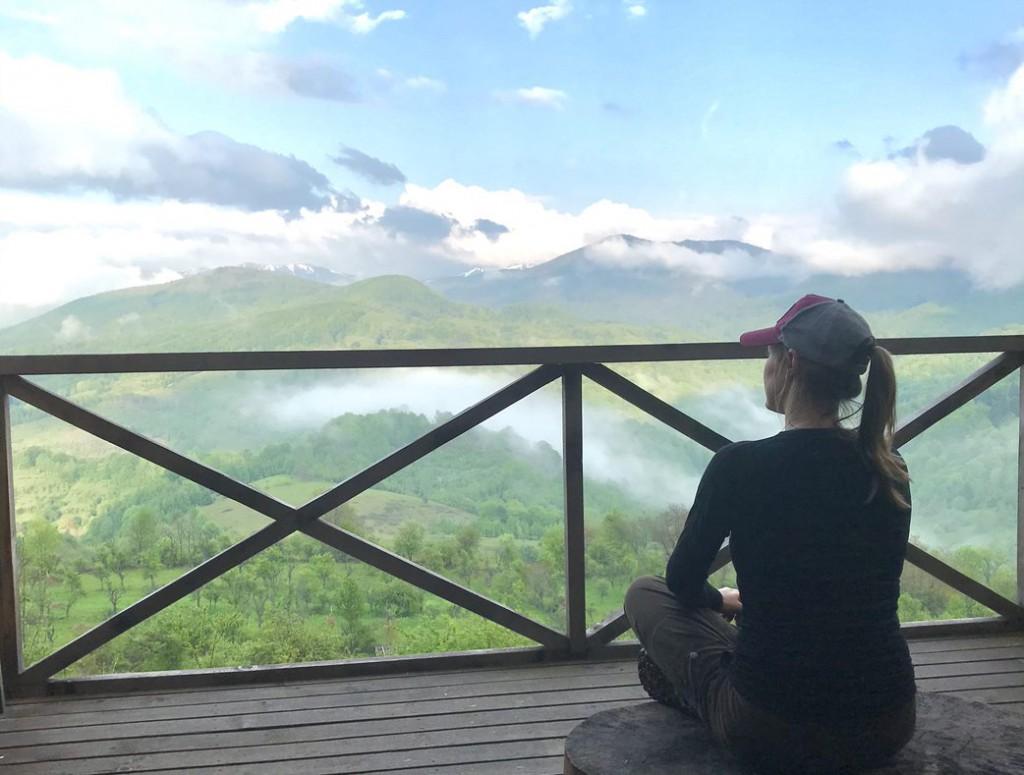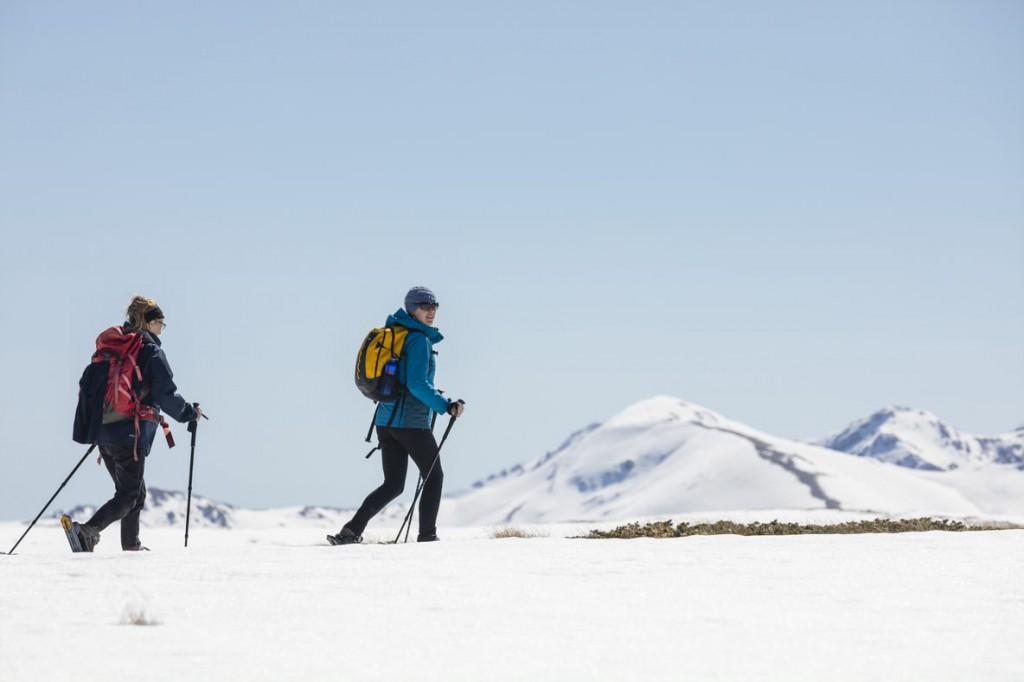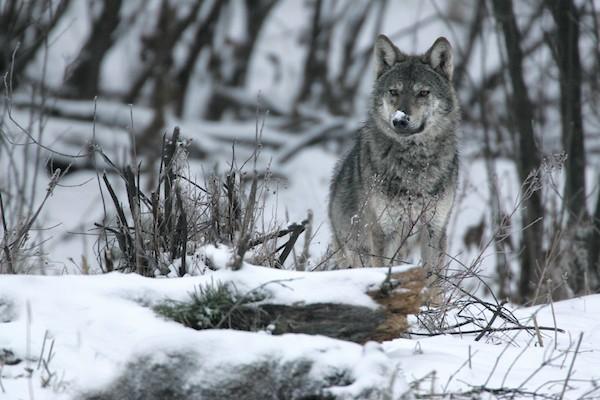Rewilding Europe is rehabilitating environments and wildlife across the continent.
Inspirational travel meets Europe’s wildlife comeback, with bison, bears and a bunch of biodiversity.
We spoke to Aukje Van Gerven from the European Safari Company on experiential nature-based travel and how projects by parent organisation Rewilding Europe are rehabilitating environments and wildlife across the continent.

We should know it all from the word; but can you describe what the concept of ‘rewilding’ is?
Sure! In its simplest terms it’s a cycle of environmental regeneration that starts with letting nature lead. This hands-off method creates a progressive approach to conservation for the revival of ecosystems. Instead of controlling or managing nature for a purpose in any landscape, you’re letting nature shape the landscape and give space to flora and fauna to find their own way.
In some landscapes the objective is the reintroduction or protection of indigenous wildlife because of the critical role they fulfil in the whole system; for example, grazing animals like bison will play a key role in creating a diverse landscape through grazing, trampling, wallowing and dispersing seeds. And they are part of a food web. Carcasses provide a natural food source for natural predators such as wolves, lynxes or bears… and so on. That’s what rewilding is all about; restoring well-functioning ecosystems to the point where nature can take care of itself.

So how do your rewilding projects begin? What starts them off?
Well, from its inception around 10 years ago, Rewilding Europe has been in communication with other conservation organisations and local municipalities across Europe to see what the attitudes and opportunities are for rewilding projects. Then it’s a bottom-up approach involving the residents and other bodies in the local community, and it really varies on each area and project objective.
Let me give you an example. In the Central Apennines in Italy there is a rare bear species, the Marsican brown bear, whose territory was restricted within 3 national parks. The local rewilding team has removed fencing barriers and barbed wire to create corridors between the parks which has increased the bears’ territory and improved their numbers. These rewilding teams also play a vital role in communication, so residents of mountain villages are aware of the rewilding efforts and know how to deal with an increase of bears in and around where they live – supporting human-wildlife co-existence is key to species regeneration in this sense.

What is the European Safari Company offering for tourism within rewilded areas?
Well, we aren’t like many other travel companies as we combine a real wilderness adventure here in Europe that is dedicated to nature conservation and supports the small local communities. Levies from each booking finance the rewilding initiatives while local nature-based businesses benefit from tourism income, job creation and developmental support from Rewilding Europe.
Although some of our sites are harder to reach than most, they are still literally on our doorstep –and of course you could say that every single client we service makes Europe a wilder place simply by going on holiday.

And who are the tourists? Who is taking up these safaris you offer?
Most of our guests are between 25 and 60 and they find us through Rewilding Europe as they’ve got some interest in the concepts and benefits of rewilding, plus of course there is the massive draw factor of tracking and possibly encountering large mammals. However, the quality of our product relies on the guides who are experts on the region and the ecological improvements and results that are being achieved, and of course are the interface with the local community. Our safaris are ethical in our approaches to tracking wildlife, authentic to the culture of the area and we offer options so trips can be specialised for different parties.
At Rewilding Europe, we also started the Rewilding Training Tourism programme to train nature based tourism entrepreneurs and guides, and for those who want to work with rewilding and tourism. This then fully reflects back on the different landscapes.

Tell us about your latest project.
As it happens, I’m travelling there next week – the Affric Highlands in Scotland. Decades of tree-felling and overgrazing have transformed the region and we have a long-term vision with our partners to responsibly restore wetlands, manage deer herds and regenerate tree cover which will help develop the biodiversity needed for a self-sustaining ecosystem.
Next month I will be in the Greater Coa Valley in Portugal, where we will organize training for local guides to teach them on the return of the Iberian wolf in the area. I love my job.
Good luck and keep battleface updated with how you get on.
Absolutely!









